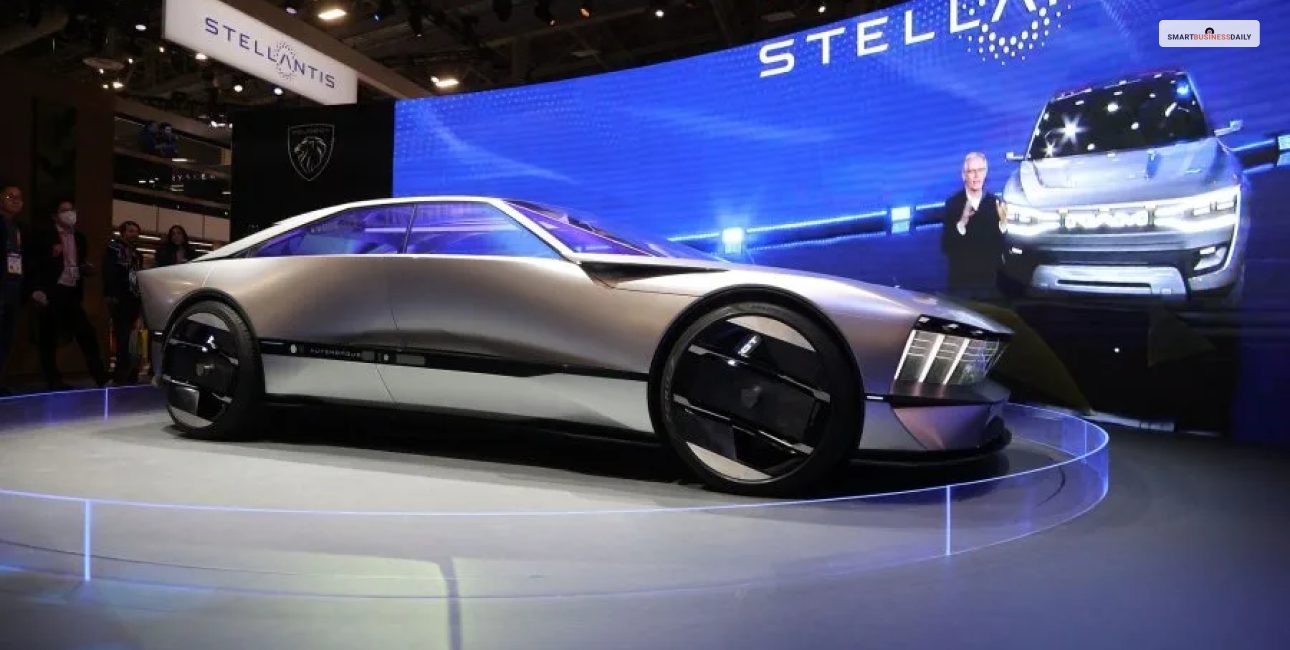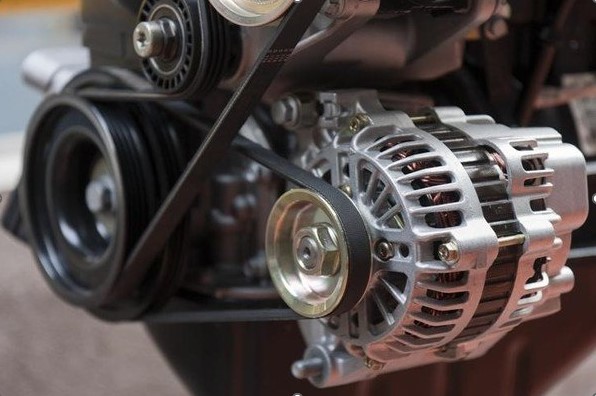Stellantis Proposes Buyouts To 6,400 White-Collar Workers
14 November 2023
2 Mins Read

toc impalement
The automaker Stellantis has proposed a buyout for 6,400 of its non-unionized employees in the United States. This amounts to approximately half of its 12,700 salaried workforce. This move is attributed to the industry’s shift toward electric vehicles and challenging conditions in the car market. Stellantis spokesperson Jodi Tinson emphasized the company’s commitment to safeguarding operations amid these market challenges.
“As we prepare for the transition to electric vehicles, Stellantis announced today that it will offer a voluntary separation package to assist those non-represented employees who would like to separate or retire from the company to pursue other interests with a favorable package of benefits,” added Tinson.
The buyout packages, available until December 8 for decision-making, are structured based on years of service. Employees with five to nine years would receive a three-month base pay, 10-14 years would get six months pay, 15-19 years would receive nine months pay, and those with 20 or more years would be offered the equivalent of a year’s salary.
This marks the second round of buyouts in the year. Stellantis had previously reached a labor agreement with the United Auto Workers (UAW) for union-backed workers, encompassing brands like Jeep, Ram, Chrysler, Dodge, and Fiat.
Stellantis had earlier extended buyouts to 2,500 salaried employees and 31,000 hourly workers in the United States and Canada. The company has not disclosed the uptake of those buyouts.
The auto industry faces challenges, including high interest rates impacting car sales and a 1% decline in Stellantis sales in September. Despite these headwinds, the automaker is gearing up to launch its first fleet of all-electric vehicles in North America, acknowledging their higher cost compared to internal combustion engine counterparts.
This move aligns with broader industry trends as EV sales projections are tempered by elevated sticker prices and an insufficient charging infrastructure. Market analysts suggest that Stellantis is contemplating cost-cutting measures to allocate funds for its electric vehicle investments, possibly focusing on areas with reduced future investments in traditional internal combustion engine vehicles.
Read Also:


















Comments Are Closed For This Article